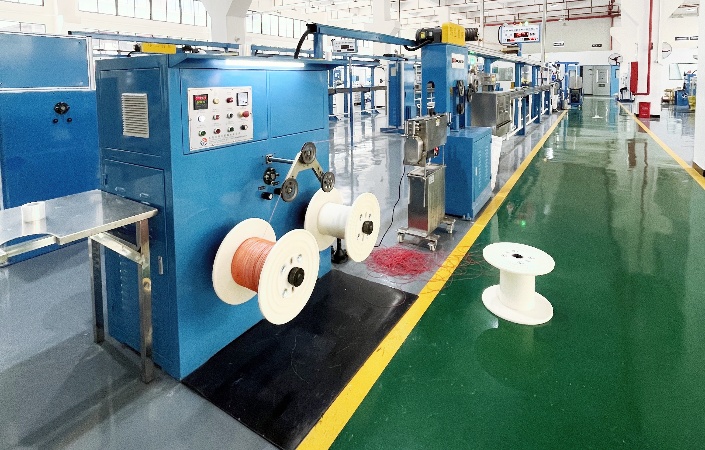How is the wire made?
Mar 27, 2025
How Is Wire Made? The Step-by-Step Journey From Metal to Cable
Have you ever wondered how the wires powering your home, gadgets, and even massive industrial machines are made? The process is a blend of precision engineering and advanced manufacturing. Let’s explore the key stages—and the machines that make it all possible.
1. Starting With Raw Metal
The journey begins with copper or aluminum rods, which are pulled through a **wire drawing machine**. This reduces their diameter by forcing them through progressively smaller dies, creating thin, uniform strands.
2. Twisting for Strength and Flexibility
Single wires are often too brittle for real-world use. A *stranding machine* twists multiple thin wires together, forming a more durable and flexible conductor—essential for everything from household wiring to robotic arms.
3. Applying Insulation*
Bare metal can’t be used safely, so an **extruder** coats the wire with insulation. Molten PVC, rubber, or cross-linked polyethylene (XLPE) is applied in a continuous, seamless layer to prevent short circuits.
4. Combining Multiple Wires
For cables with multiple conductors (like USB or power cords), a **cabling machine** groups insulated wires together in a neat bundle. Some cables also include filler strands for extra durability.
5. Shielding Against Interference
Wires carrying sensitive signals (like internet or audio cables) need protection from electromagnetic interference. A **braiding machine** wraps them in a fine mesh of copper or aluminum, acting as a Faraday cage.
6. Adding Armor for Tough Environments
Industrial or underground cables face harsh conditions. An **armoring machine** wraps them in steel or aluminum tape, protecting against crushing, rodents, and corrosion.
7. Final Outer Sheath
The entire assembly gets a tough outer jacket, applied by a **sheathing line**. This layer, often made of weather-resistant materials, shields against moisture, chemicals, and abrasion.
8. Twisting for Signal Clarity
In data and telecom cables, a *twisting machine* pairs and twists individual conductors (like in Ethernet cables). This reduces "crosstalk," ensuring clean signal transmission.
9. Rigorous Quality Checks
Before shipping, wires undergo strict testing. **Spark testers** detect insulation flaws, while **high-voltage testers** ensure they can handle their rated load without failure.
10. Winding and Packaging
Finally, a *coiling machine* neatly winds the finished wire onto spools or reels. Automated *packing machines* then box or palletize them for delivery.
From Factory to Your Home
Next time you plug in your phone or flip a light switch, remember the intricate process—and the specialized machines—that turn raw metal into the wires powering our daily lives. It’s a marvel of engineering hiding in plain sight!

